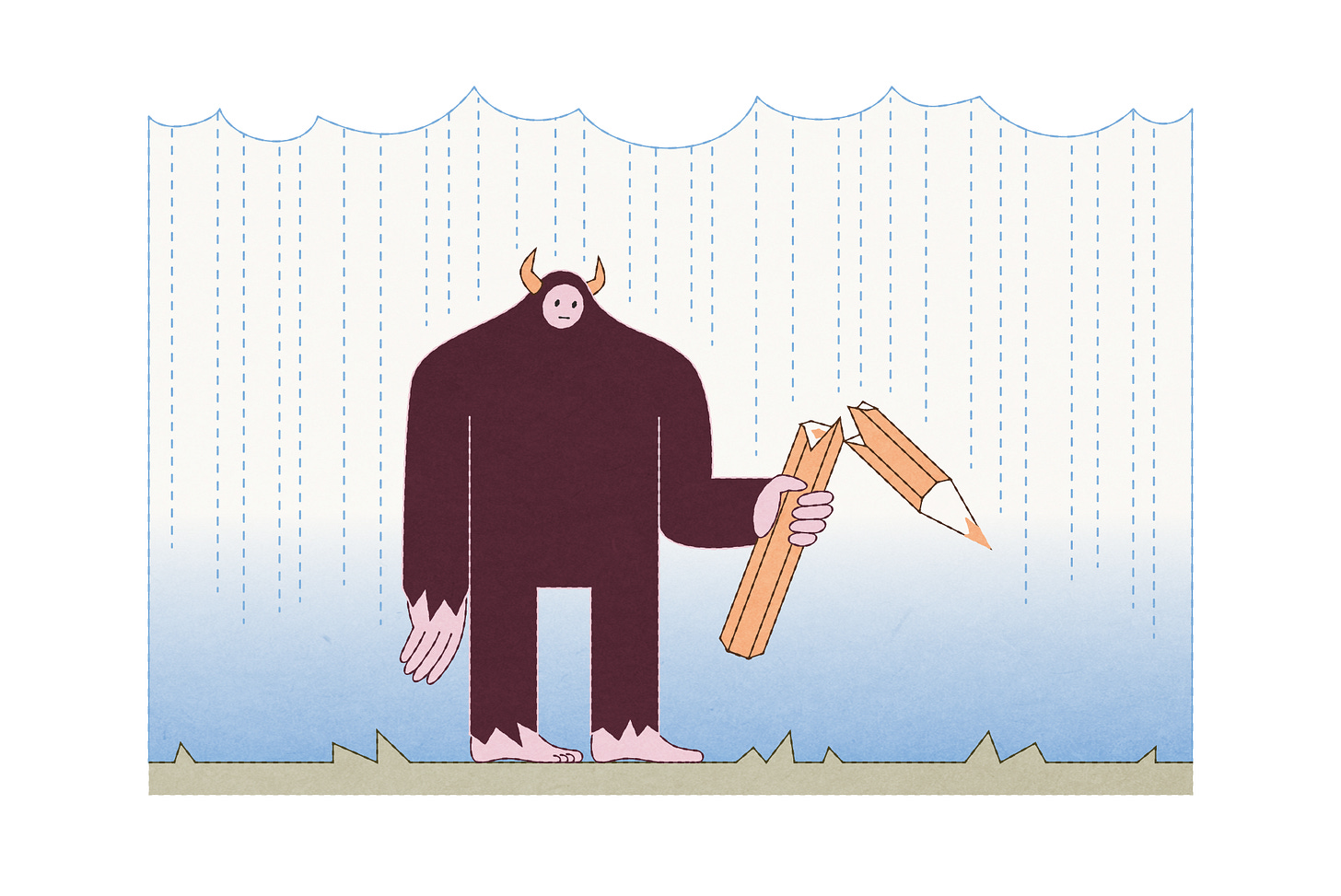Don't Make This Monstrous Mistake in Your Writing
Why Every Story Needs a Monster with Amy Shearn
This lesson is part of The World-building Collection with Amy Shearn — check out all the workshops HERE to learn what ALL writers can borrow from speculative fiction to craft vivid and memorable fictional worlds.
Monsters are a popular element of speculative fiction and movies alike, and I’m not the first person to point out that our monsters often reveal deep truths about ourselves. A monster can absorb all manner of anxieties.
Complicated feelings about advances in technology bring us Frankenstein’s Monster; second-wave feminism (and men’s mixed reviews of women’s liberation) nets us the Stepford Wives; and so on.
Take vampires, for example: It seems that every generation has its own crop of immortal blood-suckers, and each reveals some fear of the culture at the time. I devoured (heh) Anne Rice’s 1976 novel Interview with a Vampire as an angsty and nebulously queer teen in the 90s, having discovered them via the popularity of the 1994 film adaptation. Upon reflection, those books now seem to me to be at once incredibly homoerotic, not-so-subtly commenting on how outsiders are treated in mainstream society, and at least subliminally linked to the AIDS crisis. Similarly, Dracula, that classic Count, rose to popularity in a moment when there was widespread concern about bloodborne infectious diseases, as well as changing attitudes about women’s sexuality.
This is something that can work in realistic fiction as well. What’s more, a non-horror monster can be a wonderfully capacious creation.
When is a Monster Not (Really) a Monster?
In my recent novel Animal Instinct, the protagonist creates a “perfect person” to date, using AI. When I was writing the book, I was thinking about the oddness of dating apps and social media, and the degrees to which we invite tech into our personal lives. In the long gruesome wake of the 2016 election, I was chewing over how the flattening effect of internet commentary had changed the way people communicate and think, eventually warping our actual reality. My novel’s Perfect Person AI (they’re named Frankie, like short for Frankenstein, clever right?) became a convenient symbol for this whole smattering of ideas – along with some observations and anxieties about the possibilities of love in late life.
Is Frankie really a monster? I’d say that while in the earliest drafts I did imagine it as such, complete with a turn towards the malevolent, in the end this flirty chat bot would not pass muster in the world of horror novels, or even the gentlest of speculative fiction. But as I wrote, thinking about monster tropes (and rereading Mary Shelley) helped me to develop this aspect of the novel. The element of Frankie became a convenient way to bundle a lot of the ideas I was playing with in the book. And Frankie does represent a danger, if a subtle one. Namely, that the protagonist will stop trying to interact with real people, or give up the idea of finding actual love, in favor of chatting with her very agreeable bot – in effect choosing technology over humanity.
Most obviously, a monster is an antagonist. I often find that when my students are stuck in a novel draft, part of the problem is a lack of conflict, leaving their main character to walk around in circles like an NPC trapped in a buggy video game. And conflict generally comes from a mismatch in desires between a protagonist and an antagonist (or antagonizing force). Throwing a monster/antagonist into a story allows for some instant, clear conflict.
Think about this in your own work:
Keep reading with a 7-day free trial
Subscribe to The Forever Workshop to keep reading this post and get 7 days of free access to the full post archives.


